
The Midtown Manhattan Monday night rush hour was disrupted by the type of crisis people pray to never face: a gunman named Shane Tamura, who took over a 345 Park Avenue skyscraper floor by floor, killing four people, including a heroic cop, and injuring others. In reflection, the city is left reeling, and office workers everywhere are left wondering: what would I do if this were happening in my office building? Here is a minute-by-minute account of what happened, the victims at the heart of the tragedy, and the precautions that anyone can take to feel safer and more resilient in the event of unimaginable violence.
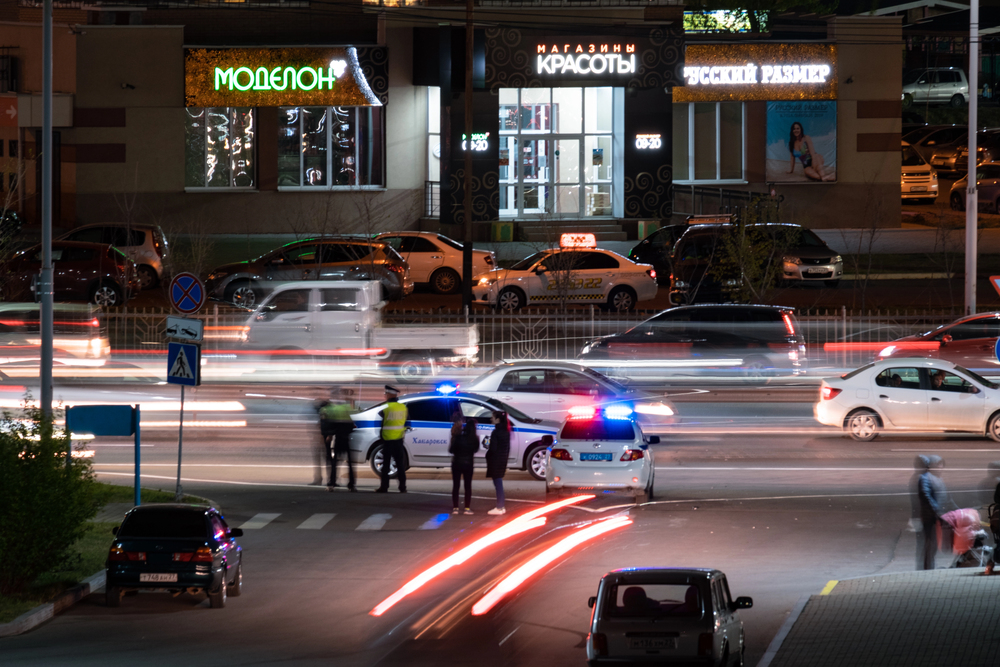
1. The Attack: A Minute-by-Minute Account
At about 6:30 p.m., Tamura, wearing a sport coat and carrying an M4 rifle, double-parked his BMW outside the busy high-rise building that is home to big firms such as Blackstone, KPMG, and the NFL. Security footage showed him strolling through the lobby, rifle by his side. Abruptly, he began shooting at NYPD Officer Didarul Islam, who had been working on a paid security detail. The resulting pandemonium was likened by onlookers to “like a war zone” Tamura shot a woman who took cover behind a pillar, then made bullet passes through the lobby, hitting several individuals, including a security officer and another man.
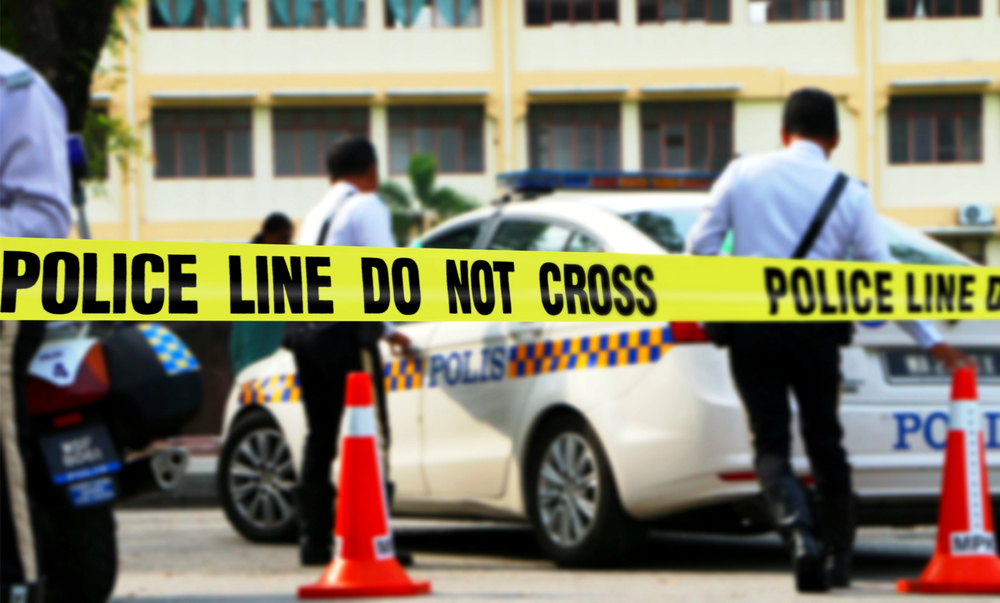
He commandeered an elevator, allowed one woman to flee uninjured, and then rode the elevator up to the 33rd floor, where he continued to wreak havoc before turning his gun on himself. “He goes down a corridor and shoots himself in the chest,” Police Commissioner Jessica Tisch said at a news conference.
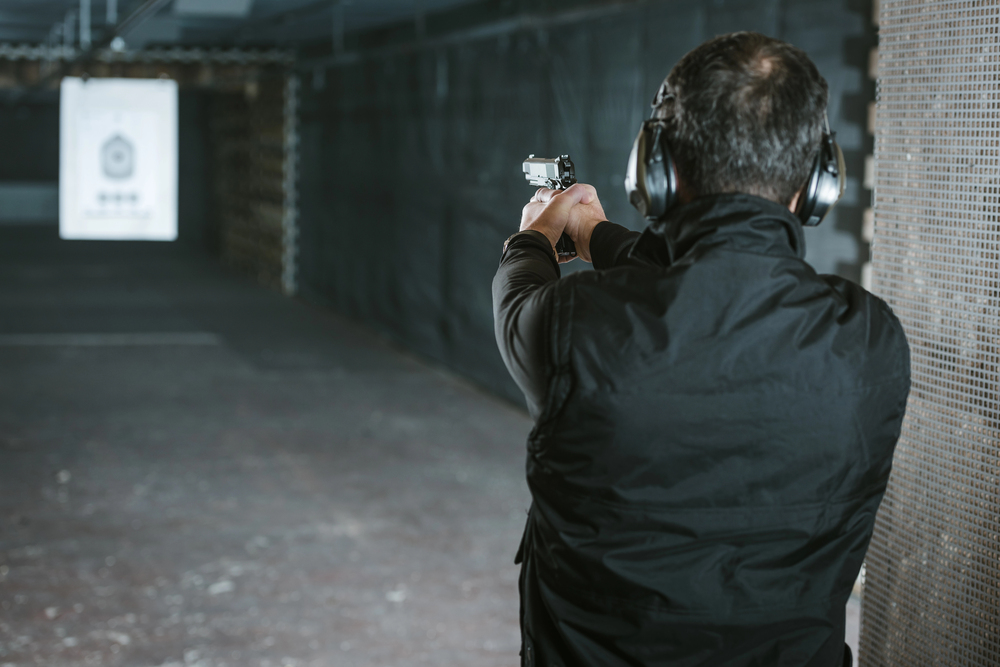
2. Officer Didarul Islam: Bravery in the Face of Battle
The tale of Officer Islam is a tale of bravery and ultimate sacrifice. A 36-year-old Bangladeshi immigrant, he came to the NYPD about three and a half years ago and was a married father of two young sons his wife is now pregnant with their third child. “He was saving lives. He was keeping New Yorkers safe,” Mayor Eric Adams said. “He adored the city, and everybody we spoke to said he was a man of faith and a man who believed in God.” He was recognized by the NYPD, who said, “He was shielding New Yorkers from harm when his life was brutally cut short today. We offer prayer at this moment of unimaginable grief.” We will never forget his legacy. He placed himself in harm’s way. He made the ultimate sacrifice cold-blooded, shot, wearing an official uniform which represented that which he swore to this city.
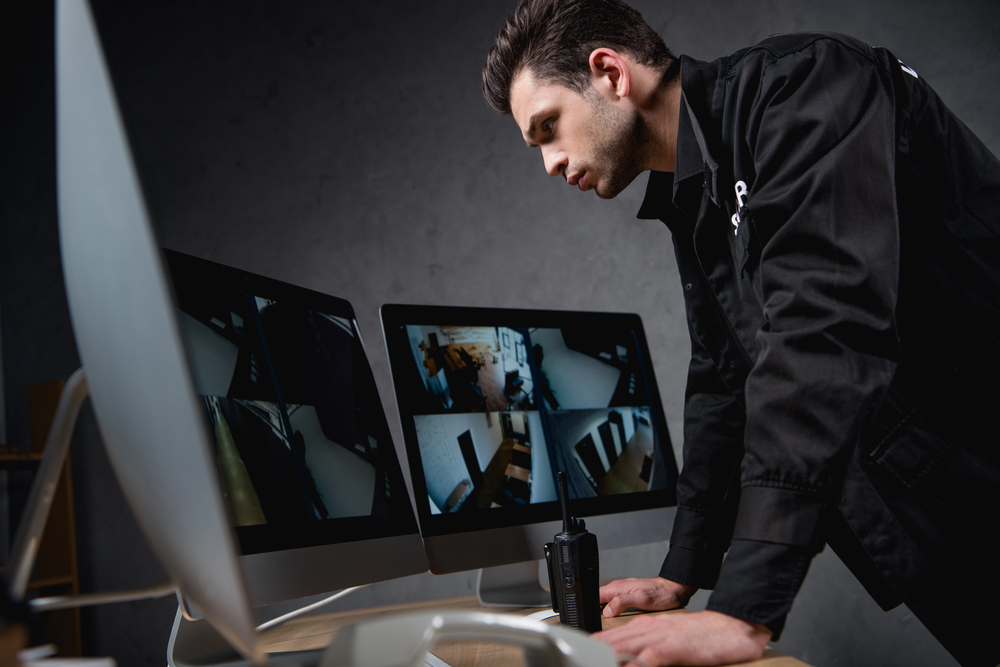
3. Inside the Building: Survival Instincts and Safety Features
Individuals panicked when they heard shots being fired. Office personnel on different floors ran to secure doors with sofas and furniture, piling them from floor to ceiling. “The only thing between me and the door was a knocked-over chair,” Jessica Chen, who was on the second floor with some 150 others, said. “I sent a message to my parents saying ‘I love them.’ There’s nothing to describe that feeling.” Some recalled school active shooter drills, pointing out the way these protocols Run, Hide, Fight are now standard workplace safety. Extraction from the shooter(s) is number one priority, but if flight is not an option, concealment and barricading might be a lifesaver until assistance is on the way.
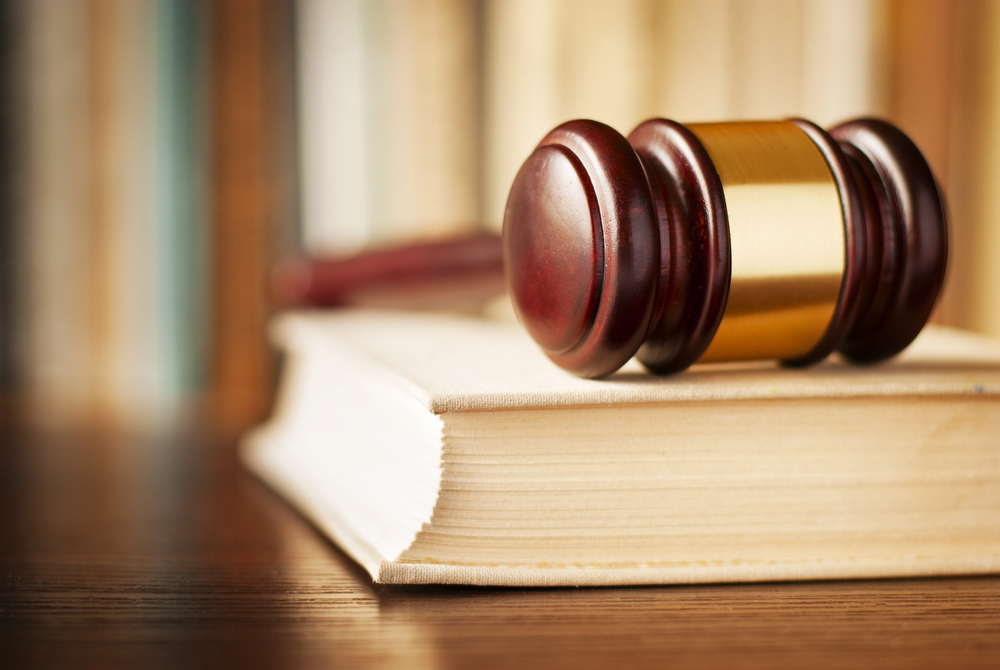
4. Law Enforcement’s Quick, Coordinated Response
NYPD and FBI units arrived in minutes, entering the skyscraper in formation and advancing floor by floor to secure the building. Emergency responders escorted groups of people with hands over their heads, and surrounding offices were placed in lockdown. Mayor Adams congratulated the brave action: “Early this evening, I met with the officer’s family.”
I informed them that he was a hero, and we pay tribute to him for putting his life on the line. FBI’s Chris Raia assured, “You have the full strength of FBI New York and full strength of FBI to get to the bottom of answers.”
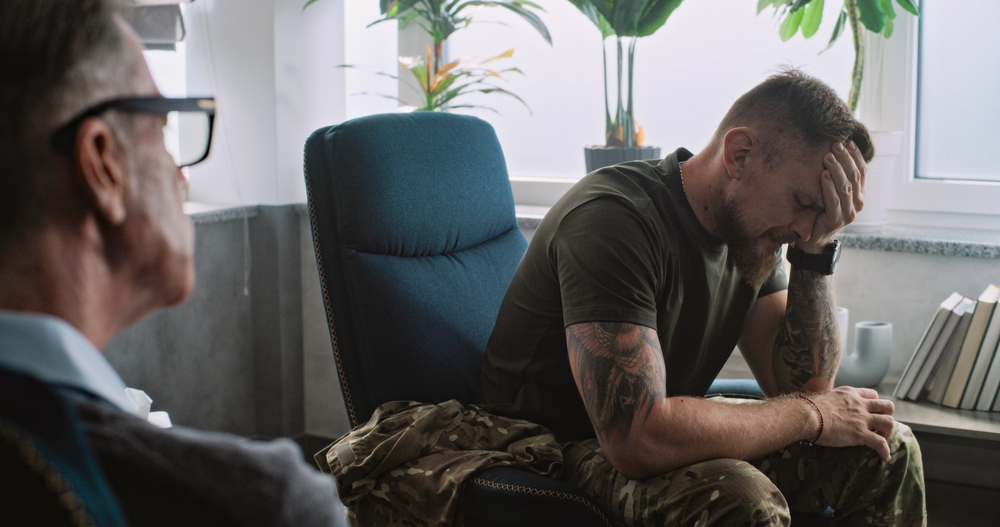
5. Trauma, Recovery, and Mental Health Resources
These experiences can leave enduring emotional wounds, even for individuals who were not in the immediate vicinity. It is normal to experience fear, worry, shock, or even guilt after a mass shooting, according to the Psychological Health Center of Excellence. These emotions may persist, but discussing the incident with friends, family, or a mental health specialist may help them dissipate. “People who talk about traumatic events have better outcomes,” states the Center. Avoiding exposure to graphic news reports and maintaining connection with support systems are most important steps in the recovery process.

6. Developing Resilience: Organizational and Community Measures
Although the 345 Park Avenue tragedy is a grim reminder of the vulnerability of workplaces, it is also a testimonial to the resilience of community. New York City’s Crisis Management System based on Cure Violence model utilizes “violence interrupters” and wraparound services such as job training, mental health counseling, and legal aid to treat the sources of violence and render communities safer. The programs have lessened shootings by 21% in active precincts and by up to 40% in certain precincts.

For companies, experts suggest routine safety drills combined with trauma-informed care to make sure everyone is aware of what to do in the event of an emergency. “Each employee should be trained in the ‘run, hide, fight’ mentality a sorely needed mental model for dealing with an active shooter situation,” writes a 2024 Active Assailant Preparedness Report. Communication devices, simple evacuation procedures, and a culture of awareness can indeed get the job done.

7. Looking Ahead: Hope, Action, and Solidarity
After violence, it’s natural to feel helpless. But the bravery of Officer Islam, the creativity of office workers, and the solidarity of first responders show that in the midst of terror, community and resilience win. For those who are struggling with anxiety or loss, help can be had whether in the form of a trusted friend, a faith leader, or a mental health counselor. And for every workplace across the city, today is the day to examine safety protocols, create open dialogue around mental health, and construct support structures that can escort every single person through the unexpected.
The city weeps, but the city comes together recommoded to the understanding that resilience, readiness, and empathy are the most powerful antidotes against fear.


